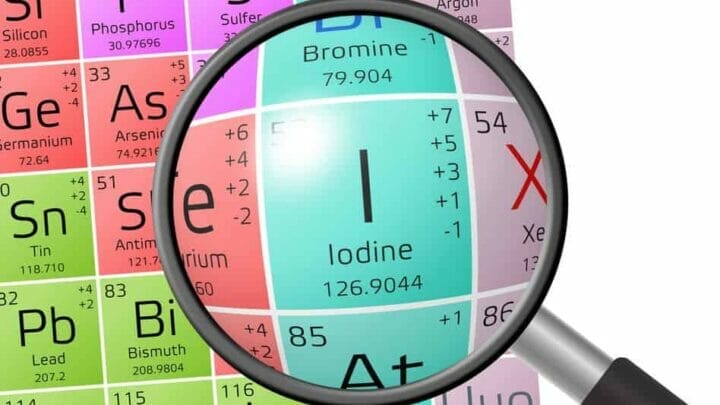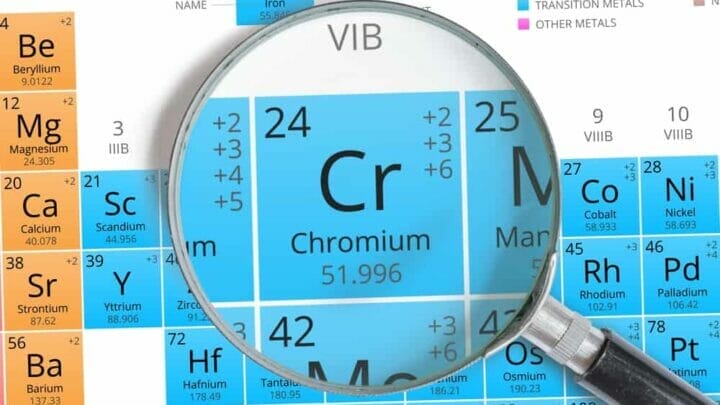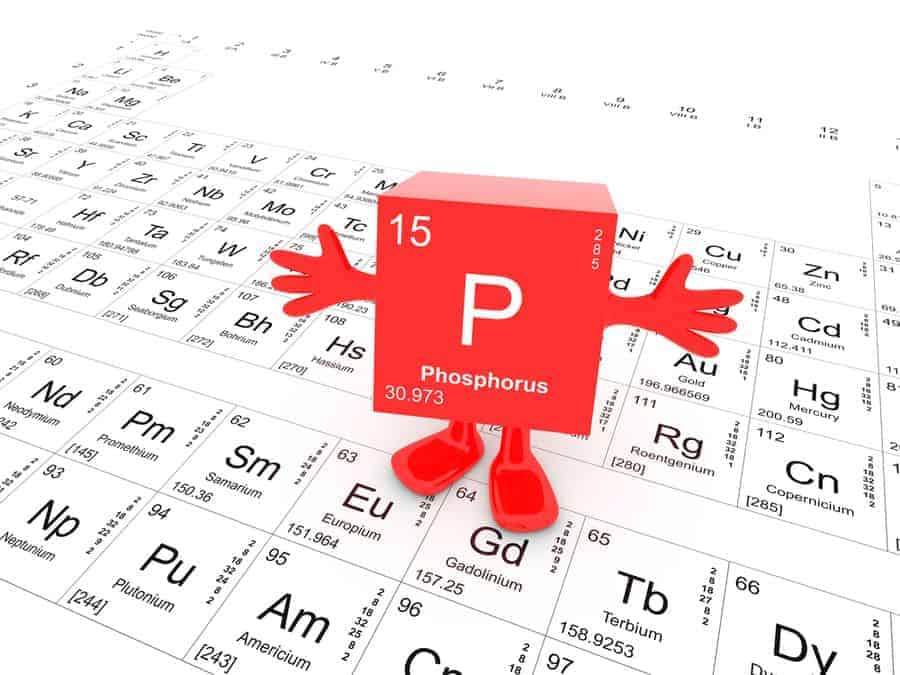
Phosphorus – another element essential for human health
It is not only trace elements such as magnesium, selenium and iron that are important for human health. Equally important are other elements known as minerals, and phosphorus has a special function among them. It is responsible for numerous processes taking place inside our body, and its excess or deficiency will immediately reflect negatively on the state of health. Therefore, it is worth studying it carefully, so that you can supply it in the right amounts and reap its numerous benefits.
Contents
What is phosphorus?
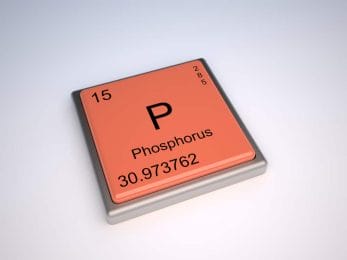
Let’s face it, without phosphorus we are unable to function normally, so you need to learn more about this mineral element. Phosphorus is one of the oldest chemical elements known to us, having been first isolated as early as 1669. In the Periodic Table, it is designated by the letter P, it is classified as a non-metal, it occurs in four varieties, called allotropic, and we distinguish between:
- white phosphorus;
- red phosphorus;
- purple phosphorus;
- black phosphorus.
However, we are more interested in the importance of phosphorus for health than in its exact chemical or physical properties. In the human body, it is found primarily in teeth and bones, nearly 85 percent of the total amount. The rest of the phosphorus is found in cell membranes and soft tissues, as well as in nucleic acids, namely our DNA and RNA.
Should phosphorus be supplied in strictly prescribed doses?
Supplementation with recommended doses of phosphorus is of considerable importance for maintaining full health until old age. Experts have long determined the daily amounts of this element, which should not be exceeded. At the same time, they depend on age and daily amounts are respectively:
- infants – 150 mg;
- children from 5 months to 1 year of age – 300 mg;
- children from 1 to 3 years – 460 mg;
- children from 4 to 6 years – 500 mg;
- children 6 to 9 years – 600 mg;
- girls and boys 10 to 18 years – 1,250 mg;
- women and men 18 years and older – 700 mg;
- pregnant and lactating women under 19 – 1250 mg;
- pregnant and lactating women over 19 – 700 mg.
What natural sources of phosphorus are worth using?

The simplest method to quickly replenish any phosphorus deficiencies is to take dietary supplements that have phosphorus in their composition. However, the simplest solution is not always necessarily the best, and some supplements can also cause unpleasant side effects. These are, first of all, digestive disorders resulting from the action of some substances supplementing the composition of pills.
Therefore, it is better to take advantage of natural sources of this element, to introduce food products containing it into your daily diet. Specialists in healthy nutrition, professional nutritionists, point primarily to such sources of phosphorus in the diet as:
- meat, both red and poultry;
- offal, such as liver;
- cured meats;
- chicken eggs;
- dairy products, rennet, yellow and processed cheeses;
- fish, smoked, canned fish, salted herring;
- legumes, e.g., dry beans, chickpeas, lentils, peas and soybeans;
- fresh vegetables, horseradish, garlic, spinach, broccoli, white cabbage;
- mushrooms;
- some fruits, raspberries, apples, oranges, currants, kiwis, dried apricots, figs, avocados;
- nuts, peanuts, hazelnuts and walnuts, and pistachios;
- almonds;
- pumpkin seeds and sunflower seeds;
- whole grain products, flakes, bran, dark bread;
- buckwheat groats;
- white and brown rice;
- cereal grains and corn;
- black tea, cocoa and dark chocolate.
Which properties of phosphorus are most beneficial to our health?
We already know what phosphorus is, what amounts we should consume daily, and which sources of phosphorus are most valuable. However, we still do not know which of its properties benefit our health and what important function it has in our body. Experts point primarily to:
- participation, together with vitamin D and calcium, in the processes responsible for the mineralization of bones and teeth, so it is an important element in the prevention of osteoporosis;
- regulating the functioning of the brain and other elements of the nervous system, proper conduction of nerve impulses;
- participation in the formation of nucleic acids, especially DNA, is also a carrier of transmitted genetic information;
- The ability to maintain the body’s acid-base balance in accordance with standards;
- Support for the proper functioning of the kidneys, heart and circulatory system;
- Influence on the development and function of muscle tissue, soft tissues and mucous membranes;
- participation in metabolic processes of carbohydrates and fats and in reactions to provide large doses of energy;
- regulation of the body’s hormonal balance;
- maintaining the normal pH of the blood;
- accelerating the regeneration of damaged tissues, faster healing of wounds and skin irritations;
- supporting the processes of removing toxins from the body.
What are the causes and symptoms of phosphorus deficiency and excess?
In order for phosphorus to perform its functions one hundred percent and benefit health, it must always be supplied in the specific doses mentioned above. Both deficiency of this element and excess should be avoided, both of which can cause health complications. It is worth learning what their causes and symptoms are, which will help avoid making such mistakes in the future .
Phosphorus deficiency in the body
Hypophosphatemia is the professional, scientific name for the resulting deficiency of phosph orus in the body, when its amount in the blood serum falls below 0.9 mmol/L. It is definitely worth avoiding this health-threatening condition that has varied causes, and the most common, indicated by doctors, are:
- improper, ill-balanced diet consisting of products that have too little of this element in their composition;
- abuse of alcohol even leaching phosphorus from the body;
- ailments of the digestive system that can interfere with the ability to absorb phosphorus, or diarrhea or vomiting that causes phosphorus to be flushed out;
- kidney disorders that cause phosphorus to be removed along with urine;
- concurrent vitamin D deficiency;
- taking medications that have calcium carbonate or aluminum oxide in them;
- taking diuretics;
- diabetic ketoacidosis;
- hyperparathyroidism.
Phosphorus deficiencies in many cases remain latent, but are sometimes manifested by a number of complaints that should immediately raise concern and the need for appropriate testing. With hypophosphatemia, one must expect the following symptoms:
- weakening of muscle tissue, which in extreme cases can lead to its breakdown, i.e. rhabdomyolysis;
- severe muscle pain and swelling;
- bone pain;
- disturbances of consciousness, hallucinations and a sense of disorientation;
- difficulties with movement, known as a waddling gait;
- neurological problems such as seizures, paresthesias and paralysis;
- disorders from the digestive system, nausea, diarrhea or vomiting.
Excess phosphorus in the body
Happensmore frequently, bearing the scientific name of hyperphosphatemia , and we refer to it when the amount of phosphorus in the blood serumis greater than 1.6 mmol/L. The situation is so serious that its negative effects affect virtually the entire body, and the cause of excess of this element can be:
- consumption of food products that have too much phosphorus in their composition;
- uncontrolled consumption of dietary supplements with this element;
- disorders of the kidneys that make it difficult or even impossible to remove its excess with urine;
- again abuse of alcohol;
- injuries leading to extensive tissue damage;
- hemolysis, which is the breakdown of red blood cells;
- intense physical exertion;
- unrecognized and untreated diabetes;
- hypocalcemia, which is a deficiency of calcium in the body.
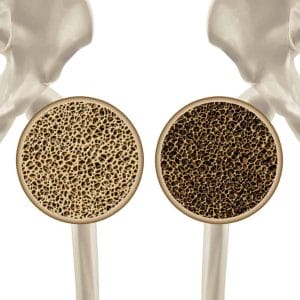
Like a deficiency, an excess of phosphorus may not initially produce any noticeable symptoms. The situation is also not dangerous when we simultaneously provide the body with adequate amounts of vitamin D. However, it all depends on how large the resulting deficiency is, if it continues to grow, then after a while you can observe:
- weakening of the bones, in extreme cases their softening;
- greater possibility of developing osteoporosis and higher susceptibility of bones to fractures;
- deposition of calcium deposits in the tissues;
- painful muscle cramps;
- tachycardia, or an elevated resting heart rate;
- too low blood pressure, or so-called hypotension;
- increased risk of heart attack and other cardiovascular diseases;
- higher likelihood of brain damage;
- perceived impairment of cognitive function;
- less effective functioning of the immune system, greater susceptibility to various infections.
Sources:
- https://www.healthline.com/health/how-your-body-uses-phosphorus
- https://www.healthline.com/health/phosphorus-in-diet
- https://www.healthline.com/nutrition/foods-high-in-phosphorus
- https://www.healthline.com/health/phosphorus-deficiency
- https://www.webmd.com/vitamins-and-supplements/what-is-phosphorus
- https://www.webmd.com/diet/foods-high-in-phosphorus


